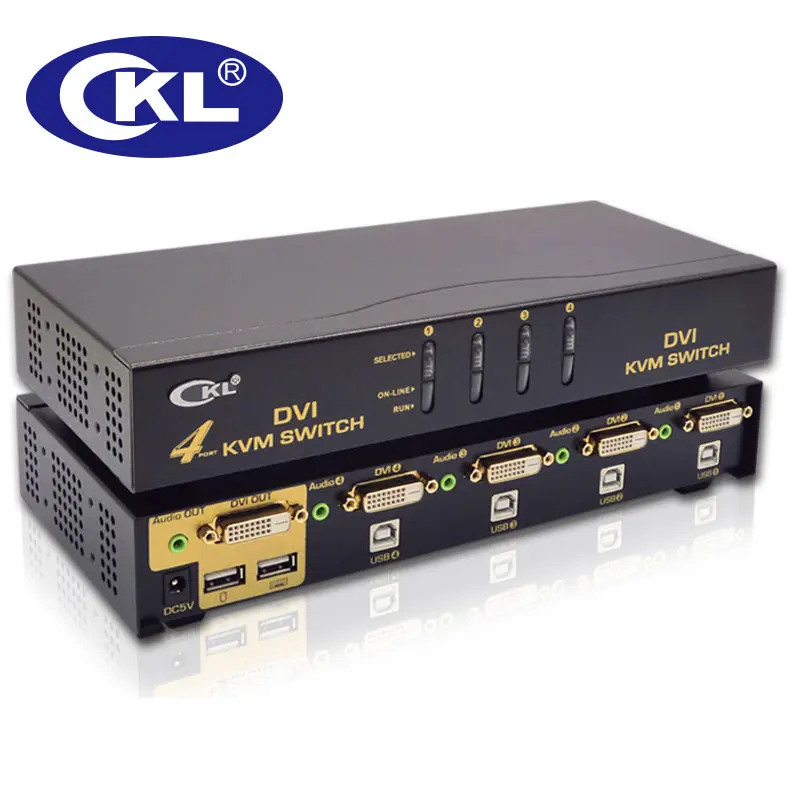

Unfortunately, unlike more IT-minded KVM switches, the Docking Station doesn't support a hotkey combination (such as Command+Shift+F12) for moving between Macs. The HDMI and Thunderbolt displays reacted quickly after a switch, and the Thunderbolt drives connected to the other Mac showed up after a few seconds.

Switching between the two Macs was easy, requiring just a quick tap of the buttons on the top panel. I also plugged the dock into our Fios Ethernet network and added a 1,920-by-1,200-resolution HDMI display, a LaCie d2 Thunderbolt 2 drive with SSD accessory, a G-Technology G-Drive ev ATC With Thunderbolt, and an Apple Thunderbolt Display. To test, I hooked up a 21.5-inch iMac and a 13-inch MacBook Pro with Touch Bar (using an Apple Thunderbolt 2–to–Thunderbolt 3 adapter) to the Docking Station's two switchable Thunderbolt 2 ports. The dock lacks USB-C or Thunderbolt 3, two newer interfaces that are just starting to become commonplace, so you'll need to use an adapter for more recent Macs and PCs. You can connect a portable USB hard drive or your iPhone cable to a front-mounted USB 3.0 port. There's also a jack for the included AC adapter, an Ethernet port, an eSATA port, an audio-in jack, and a headphone jack.

You can also share peripherals like a keyboard, a mouse, and a drawing tablet via two USB 2.0 ports and two USB 3.0 ports on the back panel. The Docking Station has dual monitor support (for a total of three including the built-in display of an iMac, MacBook Air, or MacBook Pro) thanks to the HDMI port the Docking Station supports up to 4K displays.


 0 kommentar(er)
0 kommentar(er)
